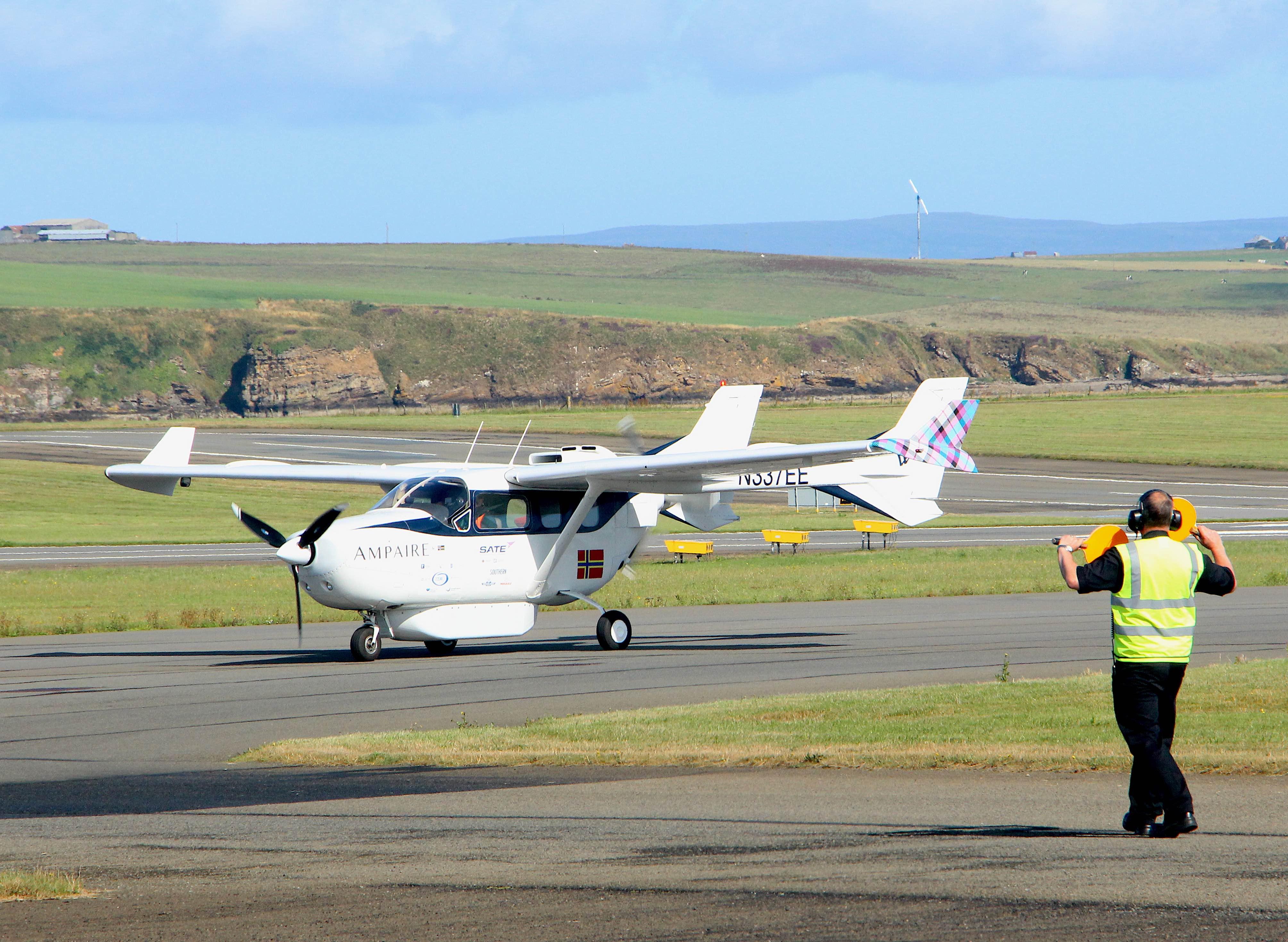Ampaire Demonstrates Hybrid Bridge To Electrified Regional Flights

Credit: Angus Batey / Aviation Week
ORKNEY, Scotland/WASHINGTON—Ampaire is relocating its hybrid-electric propulsion test aircraft to Exeter, England, after completing flight tests in Orkney, Scotland. The flight demonstrations are being conducted under projects funded by the UK government’s Future Flight Challenge. The U.S. startup’s...
Subscription Required
This content requires a subscription to one of the Aviation Week Intelligence Network (AWIN) bundles.
Schedule a demo today to find out how you can access this content and similar content related to your area of the global aviation industry.
Already an AWIN subscriber? Login
Did you know? Aviation Week has won top honors multiple times in the Jesse H. Neal National Business Journalism Awards, the business-to-business media equivalent of the Pulitzer Prizes.


